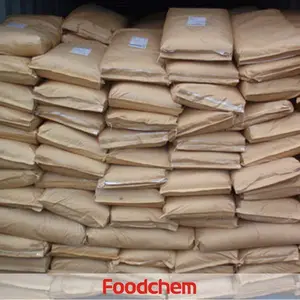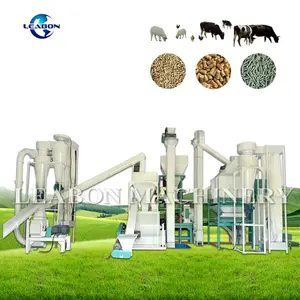Poultry Feed Raw Material: An Overview
Poultry feed raw material plays a vital role in the nutrition and health of birds in the poultry industry. Sourcing high-quality raw materials ensures that poultry receive the necessary nutrients for optimal growth, production, and reproduction. Different types of raw materials are used to create balanced feeds that cater to the specific dietary needs of chickens, ducks, turkeys, and other poultry species. Understanding the various types, applications, features, and advantages of poultry feed raw materials is crucial for farmers and feed manufacturers alike.
Types of Poultry Feed Raw Material
There are several types of raw materials used in the formulation of poultry feed, each offering unique nutritional benefits:
- Cereal Grains: Common grains such as corn, wheat, and barley provide essential carbohydrates needed for energy.
- Protein Sources: Ingredients like soybean meal, fish meal, and peas are rich in protein, which is crucial for growth and egg production.
- Vitamins and Minerals: Supplements like calcium, phosphorus, and vitamin mixes help in the development of healthy bones and overall well-being.
- Fats and Oils: Sources of fats enhance energy content and improve feed palatability.
- By-Products: Ingredients such as distillers dried grains and brewers grains can be used as cost-effective feed alternatives.
Applications of Poultry Feed Raw Material
Poultry feed raw materials find their application in various aspects of poultry production, contributing significantly to the overall efficiency and health of the birds:
- Broiler Production: Optimized feed formulations lead to faster weight gain and improved feed conversion ratios.
- Layer Management: Specific raw materials help enhance egg production and quality, impacting shell strength and yolk color.
- Breeder Flock Nutrition: Targeted feed mixes support reproductive performance and hatchability of eggs.
- Organic Poultry Farming: Certified organic ingredients meet the needs of organic certification criteria, promoting sustainable practices.
Features and Advantages of Poultry Feed Raw Material
The choice of poultry feed raw materials can offer several benefits that can positively influence poultry farming outcomes:
- High Nutrient Density: Quality raw materials are rich in essential nutrients that support faster growth rates and enhance productivity.
- Cost-Effectiveness: Using a blend of high-quality and reasonably priced raw materials can minimize production costs while maximizing yield.
- Improved Feed Efficiency: Formulating feeds with optimal ratios of ingredients improves absorption rates, leading to better conversion into body weight or egg output.
- Customizability: Poultry feed formulations can be tailored to meet specific needs based on age, weight, and production stage.
- Enhanced Health: Properly balanced feeds contribute to better health, reducing the need for veterinary interventions and antibiotics.
How to Choose Quality Poultry Feed Raw Materials
When selecting poultry feed raw materials, several factors should be considered to ensure quality and effectiveness:
- Source Verification: Ensure that raw materials come from reputable suppliers with a history of quality control.
- Nutritional Composition: Analyze the nutritional profiles of the materials, focusing on the desired protein, fat, fiber, and mineral content.
- Freshness: Opt for fresh ingredients to guarantee the highest quality and efficacy in feed formulations.
- Research and Trials: Consider the results of feeding trials and research studies that validate the effectiveness of specific raw materials.
- Pricing: Balancing cost with quality is essential; choose materials that fit the budget while meeting the nutritional needs.

































































































































































